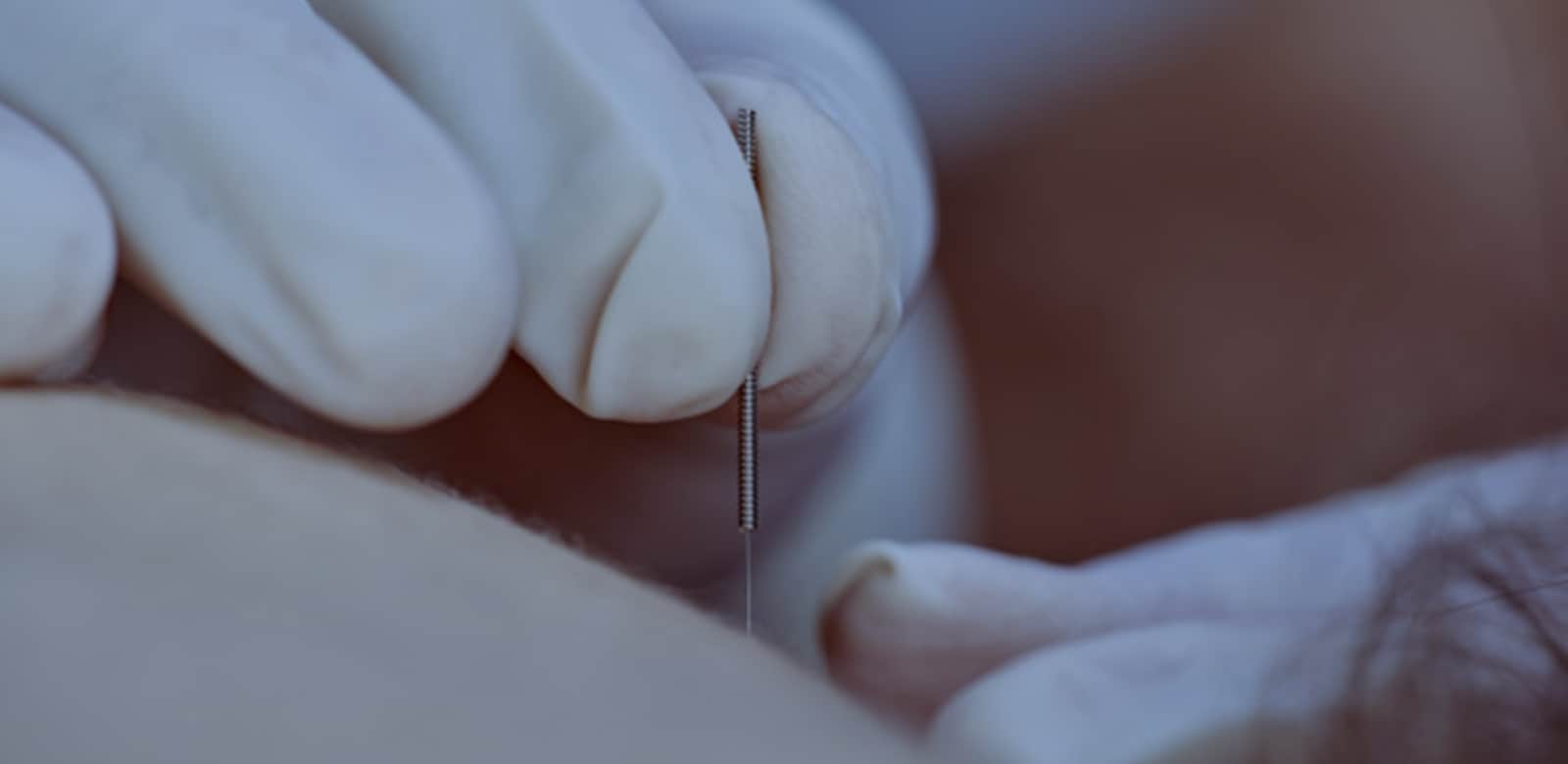
Dry Needling (DN) Therapy
Who does Dry Needling (DN)?
Dry needling is done by DN trained and certified physical therapists (PTs), acupuncturists, some chiropractors, and some medical doctors to treat myofascial pain. The word “myofascial” is made up of the roots “myo” (which refers to muscle) and “fascia” (which refers to the tissue that connects muscle).
What is a Muscle Trigger Point?
Muscles are stretchable in nature and they work by contracting and relaxing themselves. Sometimes an overworked or overloaded muscle can develop knotted areas called trigger points. These trigger points are highly sensitive and can be painful when touched. They often can cause “referred pain” (pain that travel to and affects another part of the body). For example, a trigger point on your base of the neck muscle and cause pain on your forehead, jaw or eye!
How does Dry Needling work?
First the clinician ascertains the location of the trigger points by palpating over the painful muscles. Then they push a thin, solid needle through the skin into the trigger point. The needles are used to stimulate the tissue, not to inject medication.Pain affects how your body moves. It is thought that dry needling changes the way the brain and muscles talk to each other to let the system return to a more normal movement pattern.
What kinds of pain does dry needling treat?
Dry needling can be used for a variety of musculoskeletal problems. Muscles are thought to be a primary contributing factor to the symptoms. Such conditions include, but are not limited to neck, back and shoulder pain, arm pain (tennis elbow, carpal tunnel), headache to include migraineʼs and tension type headaches, jaw pain, buttock pain and leg pain (sciatica, hamstring strains, calf tightness/spasms
Dry needling is almost always used as a part of an overall physio treatment plan that will also include manual therapy, Mobilization, electrotherapy and exercises. Dry needling is used to reduce pain, improve mobility, increase range of motion that may be limited due to muscle tightness or scar tissue. Dry needling may also treat:
- Muscular Pain.
- Sports Injuries.
- Repetitive Strain Injuries.
- Low Back Pain.
- Shoulder and Neck Pain.
- Joint problems.
- Tendinitis e.g. Tennis Elbow.
- Migraine and tension-type headaches.
- Jaw and mouth problems (such as temporomandibular joint disorders or TMJ).
- Pelvic pain.
Does Dry needling hurt?
A patient may experience different sensations when being needled, muscle soreness, aching and a muscle twitch when a needle is inserted is considered to be a good sign. The needles may be placed deeply or superficially, for shorter or longer periods of time, depending on what type of pain is being treated and how long it has lasted. Shorter periods of time would mean that needle would stay in the muscle for seconds, while longer periods could mean 10 to 15 minutes.
FAQs
Q. Does dry needling hurt?
Answer: Discomfort may occur, but the needles are thin, and the sensation is typically brief.
Q. How does dry needling work?
Answer: It involves inserting needles into trigger points to release muscle tension, improve blood flow, and reduce pain.
Q. Are there side effects?
Answer: Soreness or bruising may occur, but serious side effects are rare when performed by a trained professional.
Q. How many sessions are needed?
Answer: The number varies based on the condition, but a personalized treatment plan will be discussed after an assessment.
Q. Can dry needling be combined with other therapies?
Answer: Yes, it can complement other treatments like exercises, stretching, and manual therapy for comprehensive care.
Q. Is it effective for my specific condition?
Answer: It can be beneficial for various musculoskeletal issues, and we’ll assess your condition to determine its suitability.
Q. Are there any contraindications?
Answer: We’ll assess your medical history to ensure safety, and some conditions may limit or prohibit dry needling.
Q. How long is each session?
Answer: Sessions typically last 30 to 60 minutes, including assessment, treatment, and any additional recommendations.
Q. Will I feel results immediately?
Answer: Some patients experience immediate relief, while others may notice improvement over a few sessions. It varies.
Q. Can I continue normal activities after dry needling?
Answer: In most cases, you can resume normal activities, but we may provide specific post-treatment instructions based on your condition.
